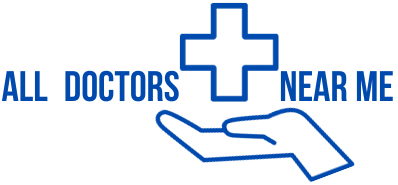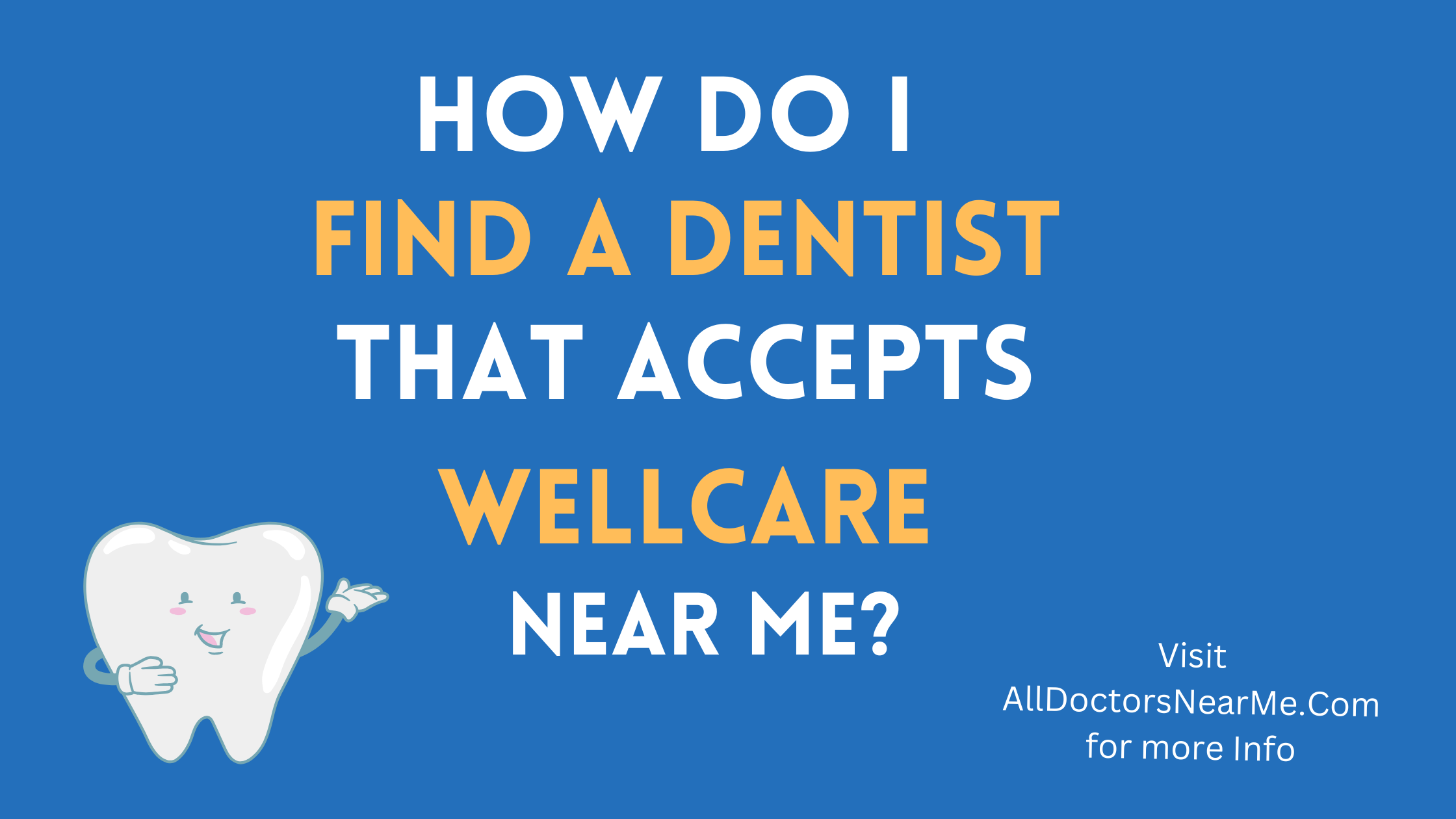Healthcare is a fundamental aspect of our well-being, yet many remain unaware of the safety nets designed to provide care for those in need. Among these, Medicaid stands as a beacon of support, offering vital healthcare coverage to millions of Americans. Yet, its complexity often leaves people unsure about their eligibility or the benefits it provides.
This guide is your roadmap to understanding Medicaid, shedding light on its purpose, benefits, application process, and more. Whether you’re a young professional safeguarding your future, a parent caring for a growing family, or simply someone seeking clarity, this article will equip you with all the information you need.
What is Medicaid and Why is It Important?
Medicaid is a joint federal and state program that provides healthcare coverage to eligible low-income individuals and families. Established in 1965, it was created to ensure that everyone, regardless of financial status, could access necessary healthcare services. Medicaid has since evolved into a lifeline for over 80 million Americans, including children, pregnant women, elderly individuals, and people with disabilities.
Why is it important? Beyond offering healthcare access, it reduces financial burdens and inequalities in the healthcare system. It reflects the collective intention to care for the most vulnerable among us, a testament to the interconnectedness of our society.
Who Qualifies for Medicaid?
Eligibility for Medicaid depends on several factors, primarily income level, household size, and specific demographic groups. Here’s a breakdown of the key criteria:
1. Income Level
Eligibility often hinges on income, typically calculated as a percentage of the Federal Poverty Level (FPL). States may have differing thresholds based on their specific Medicaid programs. For example, a family of four in 2023 might qualify if their income is approximately 138% of the FPL in states that expanded Medicaid.
2. Categorial Eligibility
Medicaid primarily focuses on specific groups:
- Pregnant women
- Children under 19
- Parents or caretakers of minor children
- Individuals 65+
- People with disabilities
3. Supplemental Security Income (SSI) Enrollment
Most recipients of SSI benefits are generally eligible for Medicaid.
Keep in mind that eligibility also varies based on state expansions under the Affordable Care Act (ACA). Some states allow more expansive coverage than others.
How to Apply for Medicaid
Curious if you or your loved ones qualify? Applying for Medicaid may seem overwhelming, but it’s a manageable process when broken down:
Step 1. Check Your State’s Requirements
Each state manages its own Medicaid program. Start by visiting your state’s Medicaid website to understand specific guidelines and documentation you’ll need.
Step 2. Gather Essential Documents
Typically, you’ll need proof of income, Social Security numbers, proof of citizenship or lawful residency, and medical records for disability claims.
Step 3. Complete an Application
- Apply online through the Health Insurance Marketplace or your state’s Medicaid agency.
- Applications can also often be completed by phone, mail, or in person.
Step 4. Await Approval
Processing times vary by state. Once approved, you’ll receive your Medicaid card, granting you access to services covered under your plan.
Remember, the application process is not just a formality—it’s an invitation to ensure you have the support and care you need.
Medicaid Benefits
Medicaid’s coverage is as expansive as its impact. Here’s an overview of key services the program typically covers:
- Primary Medical Services: Doctor visits, hospital stays, and preventive care.
- Mental Health Services: Including counseling and substance abuse treatment.
- Prescription Medications
- Long-Term Care: Nursing home care and home health care for eligible individuals.
- Prenatal and Maternity Care
Some states offer additional benefits like chiropractic care, eyeglasses, or dental services. These benefits highlight Medicaid’s intent to not just treat illnesses but to foster holistic health and well-being.
Why Medicaid Benefits Differ by State
One of Medicaid’s unique features is its adaptability. While it operates under federal guidelines, each state has the flexibility to design its program, leading to variations in eligibility and benefits.
For example:
- States like California and New York offer expansive Medicaid programs with added benefits like dental and vision care.
- Other states with limited budgets may focus on fundamental healthcare needs.
This variance emphasizes the importance of understanding your state’s specific program and how it aligns with your needs.
Common Misconceptions About Medicaid
Despite its critical role in healthcare, Medicaid is often misunderstood. Here are some myths debunked:
- “I Have a Job, so I Can’t Qualify”
Working individuals can still qualify for Medicaid, especially in states with expanded coverage under the ACA.
- “It’s Only for the Elderly or Disabled”
Medicaid serves a wide demographic, including children, pregnant women, and low-income families.
- “Using Medicaid Means Poor Quality Care”
Medicaid covers services from reputable healthcare providers nationwide.
Understanding Medicaid without the cloud of misconceptions empowers individuals to make informed decisions about their health and future.
The Future of Medicaid
What lies ahead for Medicaid? Trends indicate potential expansions in telehealth services and mental health programs. Policymakers are also exploring ways to increase accessibility and reduce state-to-state discrepancies.
These changes reflect the evolving healthcare landscape, where innovation ensures Medicaid continues to meet the needs of future generations.
Taking the Next Step Toward Better Healthcare
Medicaid is more than just a program—it’s a pathway to security, well-being, and equality. Whether you’re considering applying, want to explore eligibility, or wish to support others in doing so, the knowledge you’ve gained here is your first step.
Take action today. Visit your state’s Medicaid website to learn more about your eligibility. For additional resources, consult our curated list of helpful links below. Your health and peace of mind should never be out of reach, and Medicaid brings them closer than you might think.


